Looking to improve your content marketing for Search Engine? We’ve outlined a 10-point SEO Writing checklist to help you make optimize & ranking your content.
Are you a content creator looking to boost your SEO? Are you an online business owner looking to optimize your website? If so, then we’ve got just the thing for you. We’ve put together a 10-point checklist with all the essential elements of SEO-friendly content writing.
If you want to improve your content’s reach and get more readers, you should implement search engine optimization (SEO) best practices. This is true for all types of content, including blog posts, white papers, case studies, and social media snippets.
Keep reading to learn how to craft content that is both informative and optimized for search engine crawlers.

Research Your Topic

Researching your topic is essential for creating high-quality content that appeals to your audience and ranks well in search engine results.
To maximize the chances of success, readers need to use a combination of primary keyword research, competitor research, and audience research.
Keyword research is crucial for understanding how customers search for products or services related to your brand.
Competitor research reveals what competitors are doing and can help guide your writing. Audience research provides valuable insights into the language and topics that appeal to your target audience.
Additionally, optimizing content for readers by including elements such as headings, subheadings, varied sentence lengths, white space, transition words, bullet points, italics and bolding can help improve the reader experience. Following this comprehensive approach helps ensure that the content created is both SEO-friendly and resonates with readers.
Create an Engaging Title

Take Your SEO Content Writing to the Next Level with Pre-Publishing Checklists
Learn the tips and tricks to crafting engaging titles, SEO-friendly content, and eye-catching meta descriptions.
With this pre-publishing checklist, you can make sure your content stands out from the crowd and is optimized for search engine rankings. Get ready to deliver content that’s both reader-friendly and SEO-friendly!
Use Appropriate Keywords
To optimize content for search engines and ensure better rankings, it is important to use relevant keywords in the content. To do this, you need to do keyword research and find the right terms that are related to your topic. Additionally, you can use a tool such as Google Keyword Planner to help you find the best keywords.
Once you have identified the right words, you must focus on content formats that are working and link to appropriate content. Don’t forget to evaluate the SERP patterns, as they will help determine how other top-ranking pages on SERPs are using the same keywords. With these tips in mind, you can make sure your content is SEO friendly and reaches the highest number of readers.
 Source: neilpatel.com
Source: neilpatel.com
Write a Compelling Introduction
Creating compelling content is essential for any website, as it helps draw visitors and rank better in the search engine results pages.
Writing a great introduction is the key to creating content that stands out.
To help make sure your introduction captures attention and draws readers in, it should provide context, introduce your topic, and give a brief explanation of what readers can expect from the rest of the article.
Additionally, an effective introduction should include relevant keywords to boost SEO performance. It is also important to keep the introduction concise yet engaging by using simple language and avoiding jargon or complicated terms.
With a few simple steps and using the right factual data, you can create an introduction that will draw readers in and keep them engaged throughout your article.
Structure and Format Content for Easy Reading
Structure and Format Content for Easy Reading is an essential step in content development, as it can make a huge difference to how your content is received by readers. When structuring your content, ensure you divide it up into sections with subheadings, write short paragraphs and break text into bullet points where appropriate.
Additionally, aim to have at least 500 words per page, and use meaningful headings to indicate important topics. This will help create a hierarchical structure for your content, making it easier for users to navigate.
In addition to this, use a pre-publishing checklist when writing content to ensure it is both reader-friendly and optimized for search engines. This checklist should include tips on reader experience, SEO-friendliness & content quality.
Furthermore, research keywords and use technical SEO checklists such as keyword research checklists; content checklists; on-page SEO checklists; link-building checklist, etc. Lastly, always break up the content into easy-to-read chunks – this will help prevent readers from losing focus or becoming overwhelmed by too much information at once.
Check Grammar and Spelling
Before you publish your next blog post or web page, make sure to check your spelling and grammar. Use tools such as MS Word or Google Docs’ built-in spell checker, Reverso, Ginger, Linux, and Grammarly to ensure accuracy.
Make sure you also have a consistent tone of voice throughout the content, accuracy of facts, credibility of sources, and logical flow. Finally, do a final edit to double-check for any errors before publishing.
Include Relevant Outbound Links
Outbound links are impactful when you’re citing statistics, research or quotes from external sources. When you link to relevant authority sites, you’re providing additional information and context to your readers.
This helps strengthen your content, add credibility to your work, and can improve your SEO rankings. Longer links look more important, they draw the eye in, and inspire a click of the mouse (especially if you include a CTA as part of the internal link).
External links are links in your content whose pages are not found on your website or domain. It also helps crawlers further understand your content and make connections between related topics. Your post should include at least three to four LSI keywords related to its topic in order to add appropriate SEO-friendly, outbound links to other top websites that provide helpful information for readers.
 Source: localiq.com
Source: localiq.com
Include Internal Links Where Possible
Internal links are essential for SEO. They are hyperlinks to another page on the same website, which helps readers navigate through the content and establishes a hierarchy of information. Additionally, it shows Google that your content is well-referenced and trustworthy.
Use internal links in your posts and pages where appropriate and relevant to add to the reader experience, increase SEO-friendliness, and improve content structure.
Write Meta Descriptions for SEO Benefits
Write meta descriptions to optimize your website for search engine rankings, and make sure that they are hyper-relevant to the content on each page.
Aim to write inviting descriptions that compel readers to click through from search results and use action verbs to create a sense of urgency.
Additionally, focus on providing users with valuable information that answers their queries, helping them get the most out of their online experience.
Make the Content Shareable for Greater Reach
Creating content that is shareable is essential for increasing your reach and generating more brand awareness. Make sure to include social sharing buttons on your content and encourage readers to share it with their networks.
Ensure that the content you produce is engaging, valuable, and interesting in order to increase the chances of it being shared.
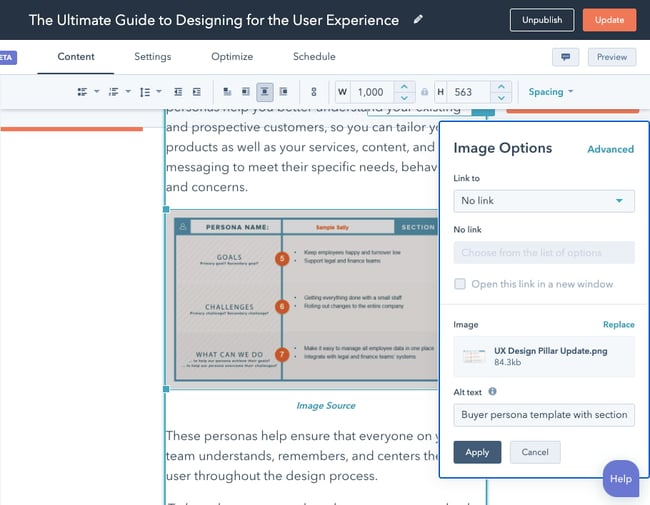 Source: blog.hubspot.com
Source: blog.hubspot.com
Optimize Your Content With Image ALT Tags
Optimizing your content with image ALT tags can help make your images easier to understand and increase its discoverability. ALT tags are alternative text that describes the content of an image, and should be treated as standalone pieces of content. When creating ALT tags, make sure to be specific, avoid redundant phrases such as “photo of” or “image of”, and don’t use dashes in the text. Image optimization is important for on-page SEO and can improve your website’s visibility in search engine rankings.
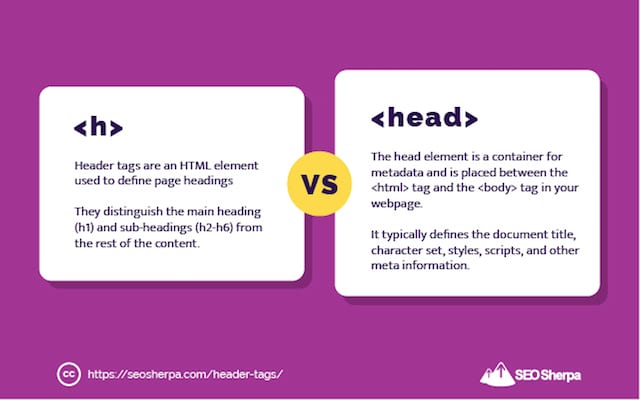 Source: seosherpa.com
Source: seosherpa.com
Utilize Heading Tags to Break Up Copy
Using header tags can help break up long blocks of text into more organized, easy-to-read sections. Include target keywords in H1 headings as search engines use them to determine what the page is about.
Utilize H2, H3, and other heading tags throughout the content to create a hierarchical structure and make it easier for users to navigate and understand. This also helps search engine algorithms understand the context of each section, allowing them to accurately rank your page.
Improve Readability With Paragraph Lengths
To improve readability, it is important to break up the text into shorter sentences and paragraphs. This can be achieved by using headings, subheadings, shorter sentences, white space, transition words, bullet points, and italics or bolding.
Additionally, for web content, the optimal line length is between 50-60 characters and paragraphs should generally be limited to three sentences. Doing this will help the reader’s eye move along without getting lost in long blocks of text.
Furthermore, incorporating images or videos alt text into the content can help keep readers engaged while also boosting SEO quality. Lastly, readability is based on many factors such as word complexity and sentence length—try to avoid words with higher syllable counts and ensure that images have low file sizes.
5 Best Ai Writer Alternatives For 2025
Looking for an AI writer that can help you create high-quality content that ranks in SERP?
Optimize URLs For SEO Purposes
Optimizing URLs for SEO purposes is an important part of improving your website’s search engine rankings. By ensuring that URLs contain relevant keywords, you can improve the visibility of your website in search engine results pages (SERPs).
Additionally, using a clear and logical URL structure with keyword-rich file names can help make it easier for users to find the content they’re looking for on your site.
Finally, using descriptive anchor text for internal links can further boost your SEO efforts and enhance user experience.
 Source: www.orbitmedia.com
Source: www.orbitmedia.com
Conclusion
In conclusion, the 39-point SEO Content Checklist is essential for anyone looking to optimize their website for search visibility and higher rankings. The checklist covers keyword research, on-page SEO, content creation, technical SEO, and more.
It’s important to include a summary of between 150-200 words, highlight at least 3 major points in the content, use target keyphrases and related words in the subheaders, ensure that there is no perfect word count or paragraph length for each piece of content, and conduct an SEO content audit to ensure accuracy and effectiveness.
By following this comprehensive checklist before hitting publish, you will be well on your way to achieving optimal results from your Search Engine Optimization efforts.
FAQ Content Writing Checklist
What is an SEO checklist?
An SEO checklist is an important tool used to help optimize a website for search engine rankings. It ensures that all the necessary elements are included in order to make a website more visible and accessible.
A comprehensive SEO checklist should include items like keyword research, optimization of page titles and meta descriptions, content optimization, link building, and analysis, as well as other important aspects like page speed and responsiveness.
With the help of this checklist, webmasters can easily identify areas of improvement and make any necessary changes to ensure their website is getting maximum exposure in the search engine results pages (SERPs). This can result in increased traffic, higher click-through rates, and ultimately better user experience.
SEO content guidelines?
SEO content guidelines provide a standard of quality for content that is posted online. They are designed to help ensure that websites are well-structured, easy to navigate, and optimized for search engine algorithms.
SEO content guidelines typically recommend using relevant keywords; writing descriptive titles; providing useful information; and including internal links, external links, images, and videos whenever possible.
Additionally, they may suggest avoiding keyword stuffing and focusing on creating quality content that provides value to the reader. Following these guidelines will help a website become more visible in search engine results and ultimately attract more traffic.
Is content important for SEO?
Content is a key element of SEO. It is essential for providing relevant information to potential customers and increasing visibility in search engine results. The content should be keyword-rich, original, informative, and engaging.
Quality content helps draw more visitors to the website and creates a positive user experience, which can lead to higher rankings in search engines.
Additionally, content can help build relationships with customers by providing helpful advice or tips related to their interests.
Ultimately, creating high-quality content that is optimized for SEO will increase your website’s visibility and help you reach your desired audience.
But what is ‘SEO Content exactly?
SEO Content is content that has been specifically created to rank highly in search engine results pages (SERPs) for certain keywords or phrases.
SEO Content typically includes keyword-rich text, relevant images, and well-crafted titles and meta descriptions. It also typically contains internal links to other content on the website, as well as backlinks from other websites to help with overall rankings.
SEO Content also needs to be optimized for mobile devices, as users are increasingly searching from their phones and tablets.
Additionally, SEO Content must be written with both search engines and humans in mind; it needs to be engaging for readers while still containing the necessary keywords to help rankings.
Ultimately, SEO Content helps increase visibility in SERPs and drive more organic traffic to a website.
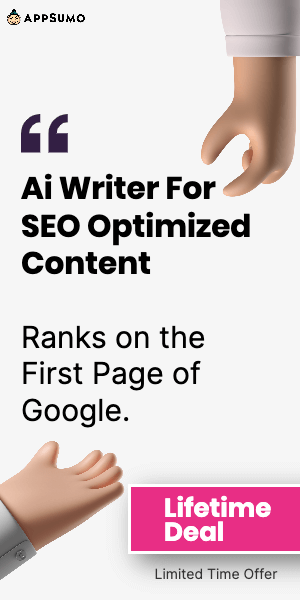






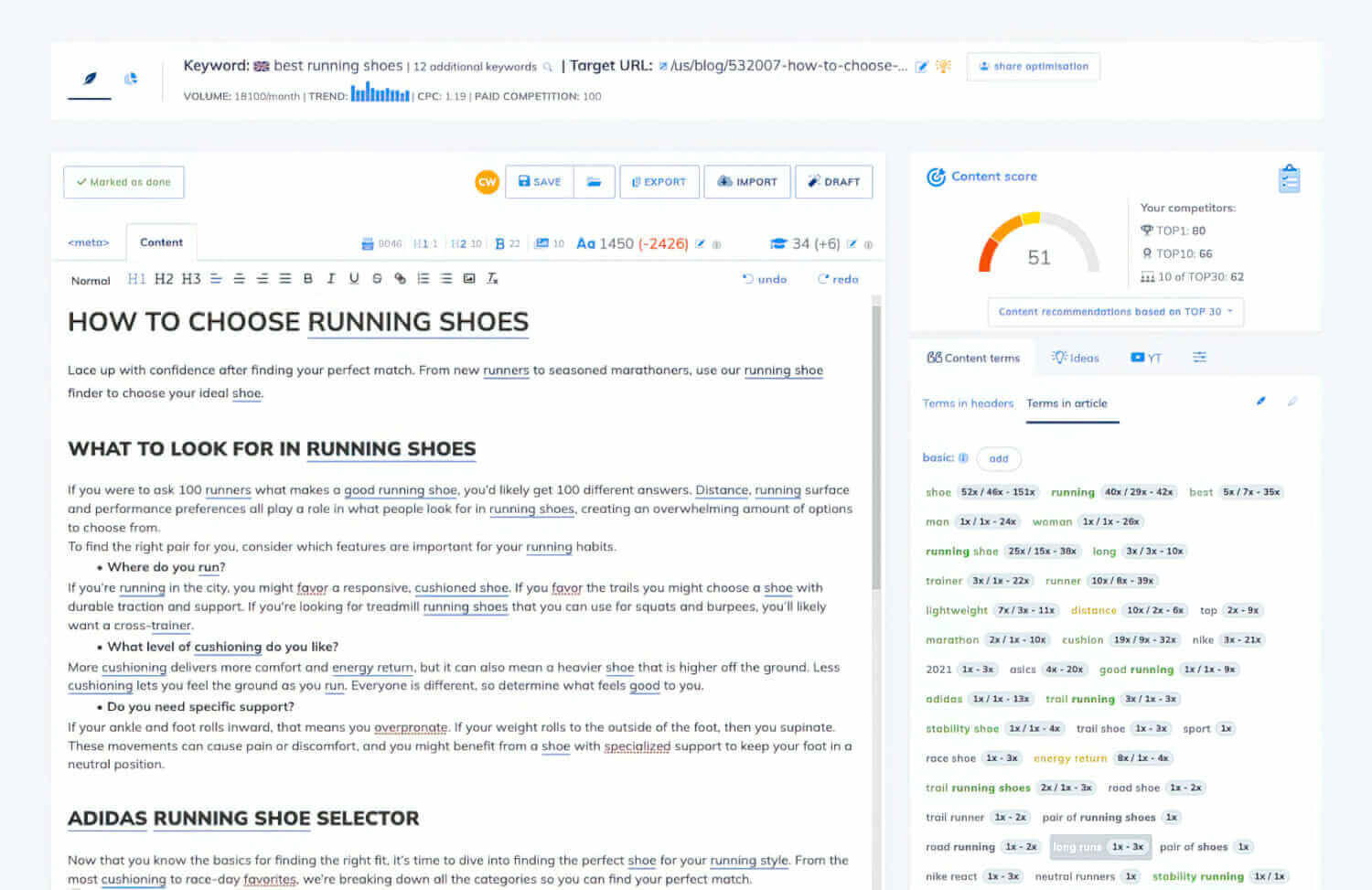


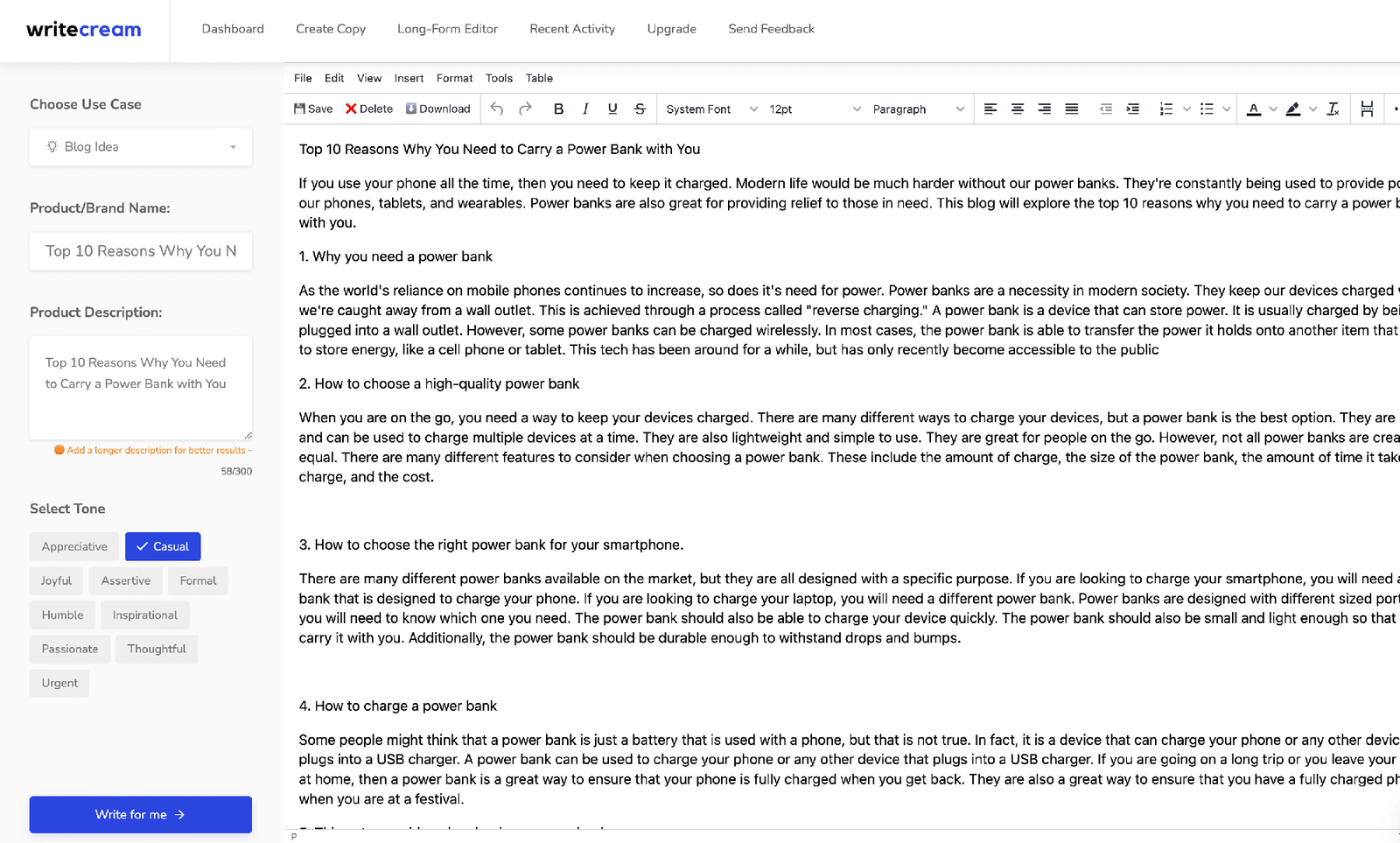

![SaaS Lifetime Deals: Which Platform & Are They Worth the Investment [In 2025]? AppSumo Saas Lifetime deals](https://eebfoenrqrf.exactdn.com/wp-content/uploads/2023/08/AppSumo-Saas-Lifetime-deals-450x261.png?lossy=1&ssl=1)
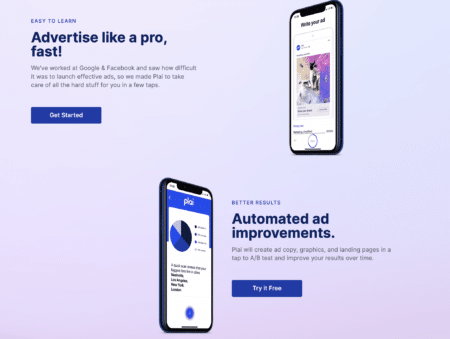
![Best SaaS Sales | Everything You Need to Know in 2025 Best SaaS Sales in [current_year].](https://eebfoenrqrf.exactdn.com/wp-content/uploads/2022/12/SAAS-SALES-450x253.png?lossy=1&ssl=1)